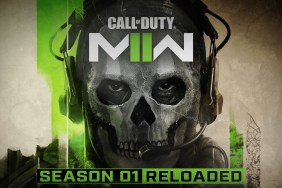I’m about to break! (And I think it’ll be expensive.)
For gamers, no franchise seems to encompass as much of the Madden-mentality as Call of Duty these days though that may prove an awkward double-entendre given the nature of both consumerism and both of those games. No matter what you say to someone, they’ll have likely already made up…
-
Exoskeleton abilities
-
Sound and weapon design
-
A few explosive vehicle sequences
-
Engaging, fast-paced, highly vertical multiplayer modes and maps
-
Kevin Spacey looks weird
-
Stumbling narrative campaign
-
Graphically hit or miss










